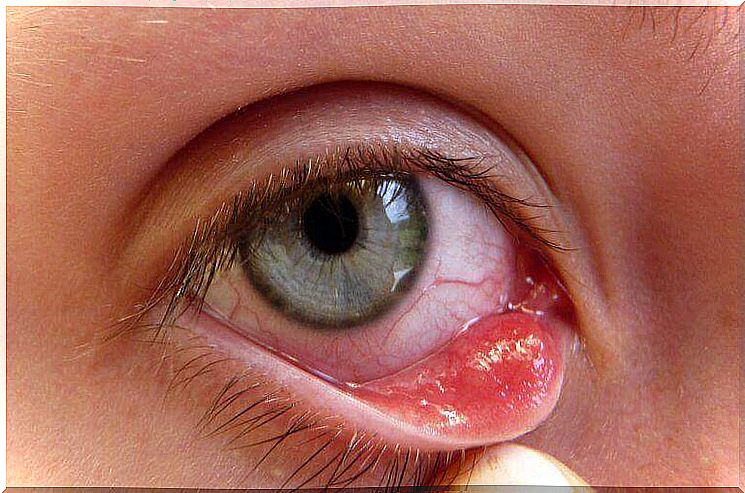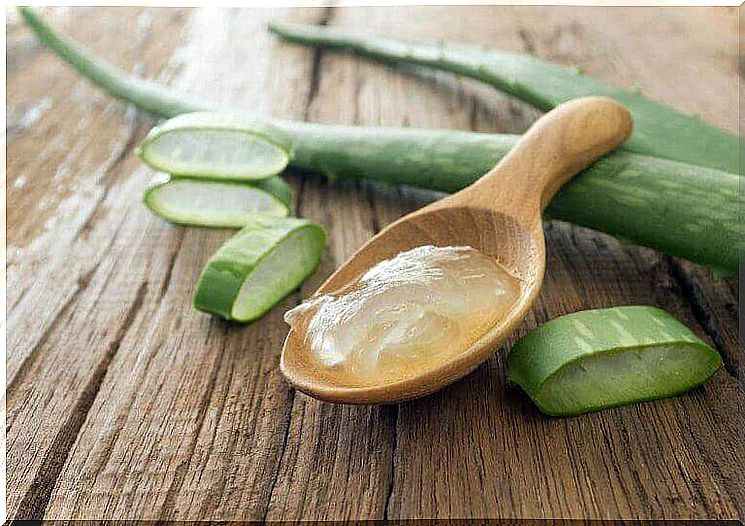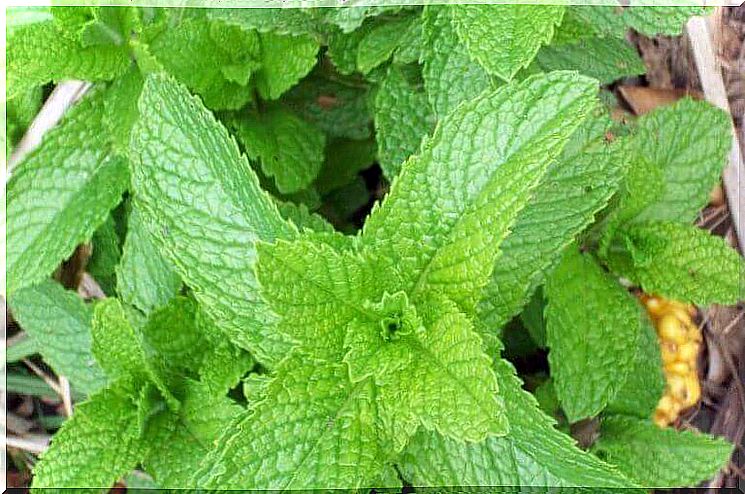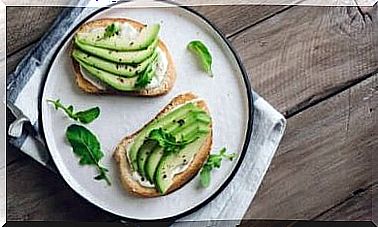Stye On The Eye: These 5 Home Remedies Help
Barley grains are not dangerous, but they are very painful and uncomfortable. That’s why we’re going to show you some natural remedies.

A stye on the eye is a small, red inflammation on the eyelid. It often looks like a small pimple and is very painful.
Barley grains are caused by Staphylococcus aureus bacteria.
They are not a serious illness and usually go away on their own within a few days. But because a stye is quite uncomfortable on the eye , you can fight the inflammation with simple home remedies.
This can help reduce swelling and pain. These remedies do not have any negative side effects.
In this article, we’ll show you what causes stye and what you can do about it.
How is a stye made on the eye?

A stye occurs when a hair follicle gland on the eyelid becomes clogged. In this case, bacteria build up and local inflammation occurs.
Risk factors for a stye
The following factors increase your risk of getting a stye:
- touch your eyes with dirty fingers,
- Use contact lenses without disinfection or do not wash your hands beforehand,
- go to sleep with make-up or
- expired cosmetics are interwoven,
How do you recognize a stye?
A stye on the eye is most likely to look like an ordinary pimple. But that’s all a stye has in common with a pimple. In rare cases, several grains of barley appear at once.
The symptoms include:
- a red nodule on the outer eyelid
- Eyelid pain
- Inflammation of the eyelid
- watery eyes
- the feeling of having sand in your eye
- Photosensitivity
Natural remedies for stye
It is often not necessary to medically treat a stye because it usually disappears on its own. However, a few simple home remedies can help alleviate symptoms.
1. Aloe vera

Aloe gel contains active ingredients that fight inflammation and bacteria. This will relieve the symptoms of a stye.
application
- Apply a small amount of aloe gel to the affected area and massage it in gently.
- Leave it on for 5 minutes and then rinse it off with cold water.
- Apply the gel 2 to 3 times a day until the inflammation subsides.
2. Cucumber

The cucumber is naturally refreshing and has a mild anti-inflammatory effect. Therefore, it can help reduce the swelling.
application
- Cut some slices from a cucumber and place them in the freezer. If they are frozen, take them out and place them on your eyelid.
- Leave it on for 10 minutes and repeat twice a day.
3. Peppermint

The refreshing effects of peppermint leaves can reduce the itching, pain, and redness that occur with a stye on the eye.
application
- Crush some fresh peppermint leaves in a mortar to a paste. Then apply the paste to the affected eyelid.
- Leave the agent on for 5 minutes and then rinse it off with water.
- Apply the remedy twice a day.
4. Raw potato

Raw potato juice is a great home remedy for stye and other eye infections.
Potato juice soothes the burning sensation and reduces the size of the inflammation.
application
- Wash a potato thoroughly and cut off a few slices. Then put them in the refrigerator.
- When the slices are well cooled, take them out and place them on your eyelid for 5 minutes.
- Use the home remedy twice a day.
5. Leaves of real guava

Guava leaves are a popular home remedy for uncomfortable swelling and redness of the eye.
They have antiseptic, antimicrobial, and anti-inflammatory properties that protect the eye and prevent the spread of bacteria.
application
- Boil some guava leaves in water, take them out, and let them cool a little.
- Then place the leaves directly on the affected eye.
- Another possibility is to make an infusion and put compresses soaked with it on the eye.
- Repeat the application 2 to 3 times a day.
Also, remember that if you get an eye infection, you shouldn’t share your personal hygiene items with others. Towels, toiletries, and brushes can spread the infection further.
Be sure not to apply makeup to the affected eye. Also try to protect your eyes: Avoid direct sunlight, but also work on the computer.









